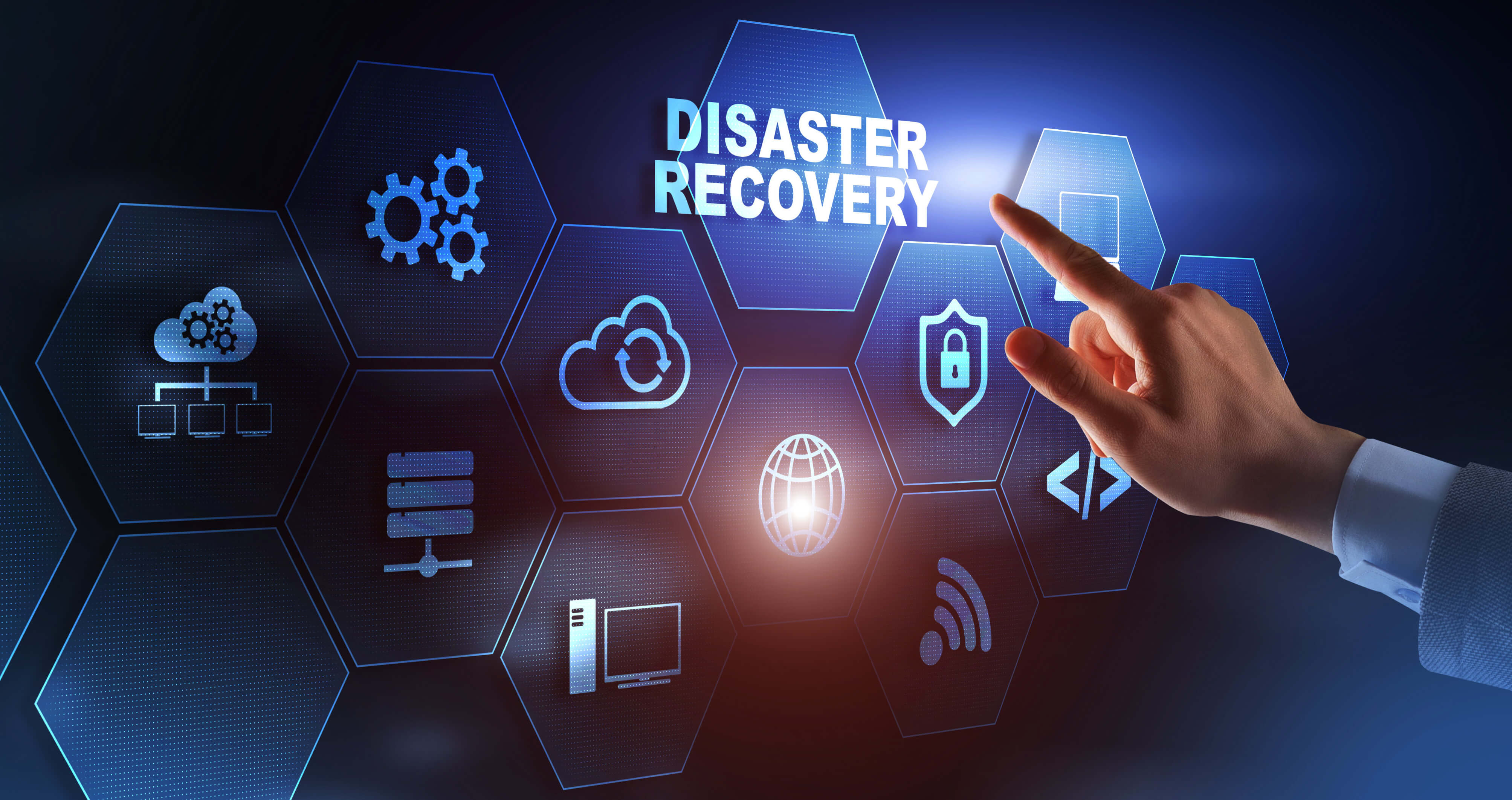The advent of 6G technology promises to revolutionize the telecommunications landscape and, in particular, profoundly transform corporate IT infrastructure. While 5G has already brought significant improvements in speed and latency, 6G will push the limits of connectivity even further, paving the way for innovations that will change how companies manage their networks and digital operations. In this article, we will explore how 6G might influence corporate IT infrastructure and the opportunities and challenges this new technology entails.
1. Speed and Bandwidth Capacity
Unprecedented Speed
One of the most anticipated features of 6G is the exponential increase in data transfer speeds. It is expected that 6G will offer download speeds up to 1000 times faster than 5G, reaching terabits per second (Tbps). This incredible bandwidth capacity will allow companies to manage applications and services that require massive amounts of real-time data, such as augmented and virtual reality (AR/VR), advanced artificial intelligence, and large-scale Internet of Things (IoT) deployments.
Ultra-Low Latency
6G promises latency below one millisecond, enabling virtually instantaneous communications. This is particularly crucial for critical applications like telemedicine, autonomous vehicles, and automated industrial operations, where every millisecond counts.
2. Pervasive Connectivity and Resilience
Connectivity Everywhere
6G aims to provide uniform global coverage, including currently hard-to-reach places like rural and remote areas. This means that companies can expand their operations into new markets without worrying about connectivity limitations.
Enhanced Resilience
6G networks will be designed to be highly resilient, with self-healing mechanisms and dynamic adaptation to variable network conditions. This will increase the reliability of corporate communications, reducing downtime and improving operational continuity.
3. Advanced Security
Enhanced Protection
With the rise of cyber threats, network security is a top priority. 6G will integrate advanced encryption technologies and AI-based security mechanisms to detect and neutralize threats in real time. Companies will benefit from improved end-to-end protection for their data and communications.
Network Isolation
6G will support the creation of virtually isolated networks, enabling companies to better segment and protect their IT environments. This capability will be crucial for managing multi-tenant environments and ensuring the security of critical operations.
4. Support for Advanced Applications
Artificial Intelligence and Machine Learning
The integration of AI and machine learning into 6G networks will allow companies to implement smarter and more adaptive solutions. Networks will be able to self-optimize, improving efficiency and reducing operational costs.
Extended Reality (XR)
The combination of ultra-fast speeds and low latency will make extended reality (XR) applications much smoother and more realistic. Companies can use XR for training, remote technical assistance, product design, and much more, enhancing remote interaction and collaboration.
5. Challenges and Considerations
Initial Investments
Adopting 6G will require significant initial investments in infrastructure and technological upgrades. Companies will need to carefully evaluate the long-term costs and benefits.
Technical Skills
Managing 6G networks will require advanced skills in new technologies and network protocols. Companies will need to invest in employee training and the recruitment of telecommunications experts.
Regulation and Standardization
The development and implementation of 6G will be influenced by global regulations and standards. Companies will need to stay updated on these regulations to ensure compliance and make the most of the new technologies.
6G represents a pivotal shift in the world of telecommunications, with the potential to revolutionize corporate IT infrastructure. Its extraordinary capabilities in speed, latency, connectivity, and security will offer new opportunities for companies, improving operational efficiency and paving the way for unprecedented innovations. However, adopting 6G will also present significant challenges, requiring strategic investments and adequate preparation. Preparing for the future of 6G will be essential for companies that wish to maintain a competitive edge in an ever-evolving technological landscape.







